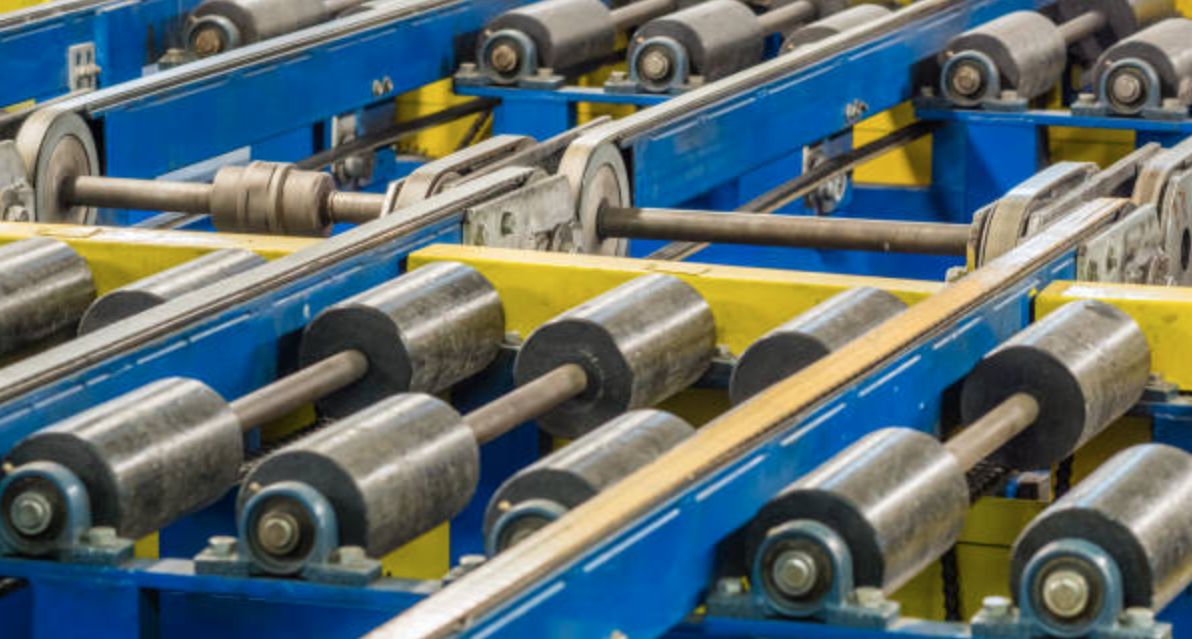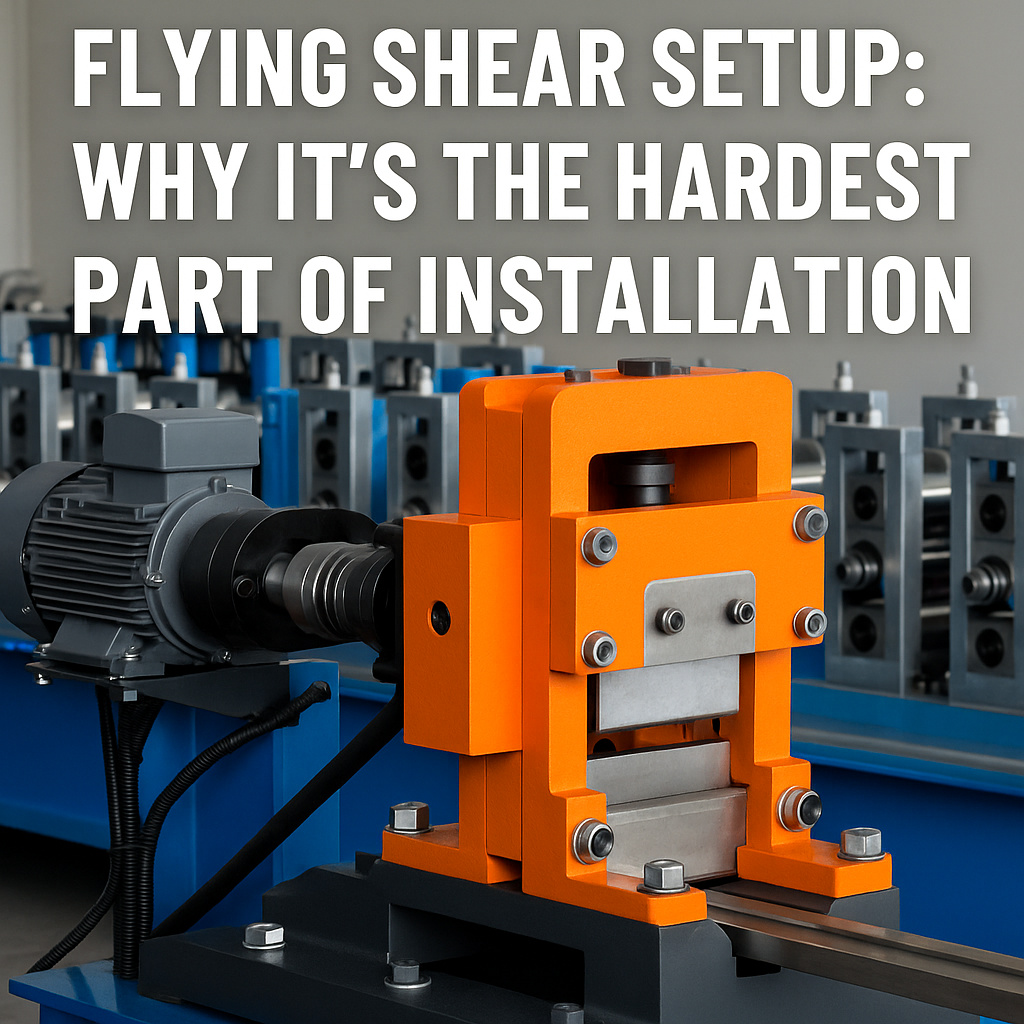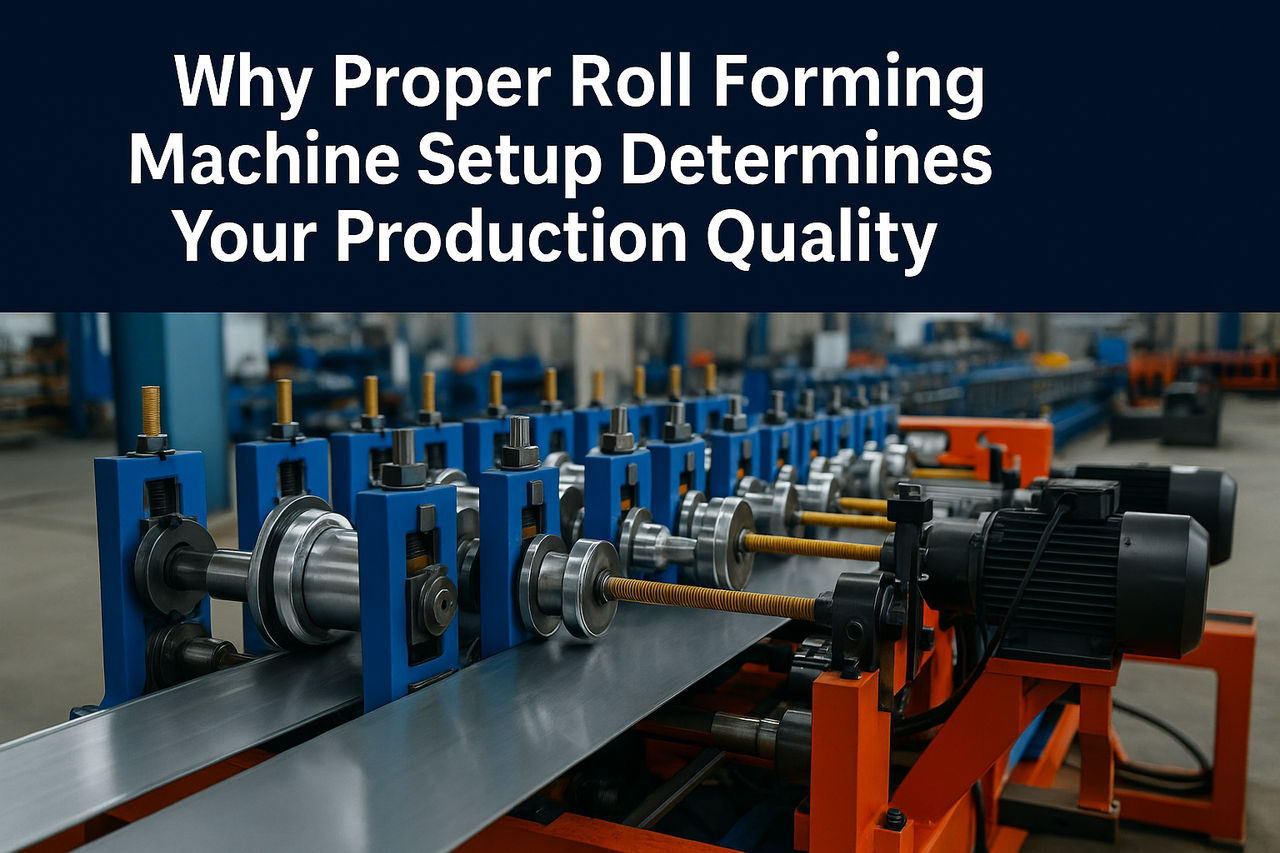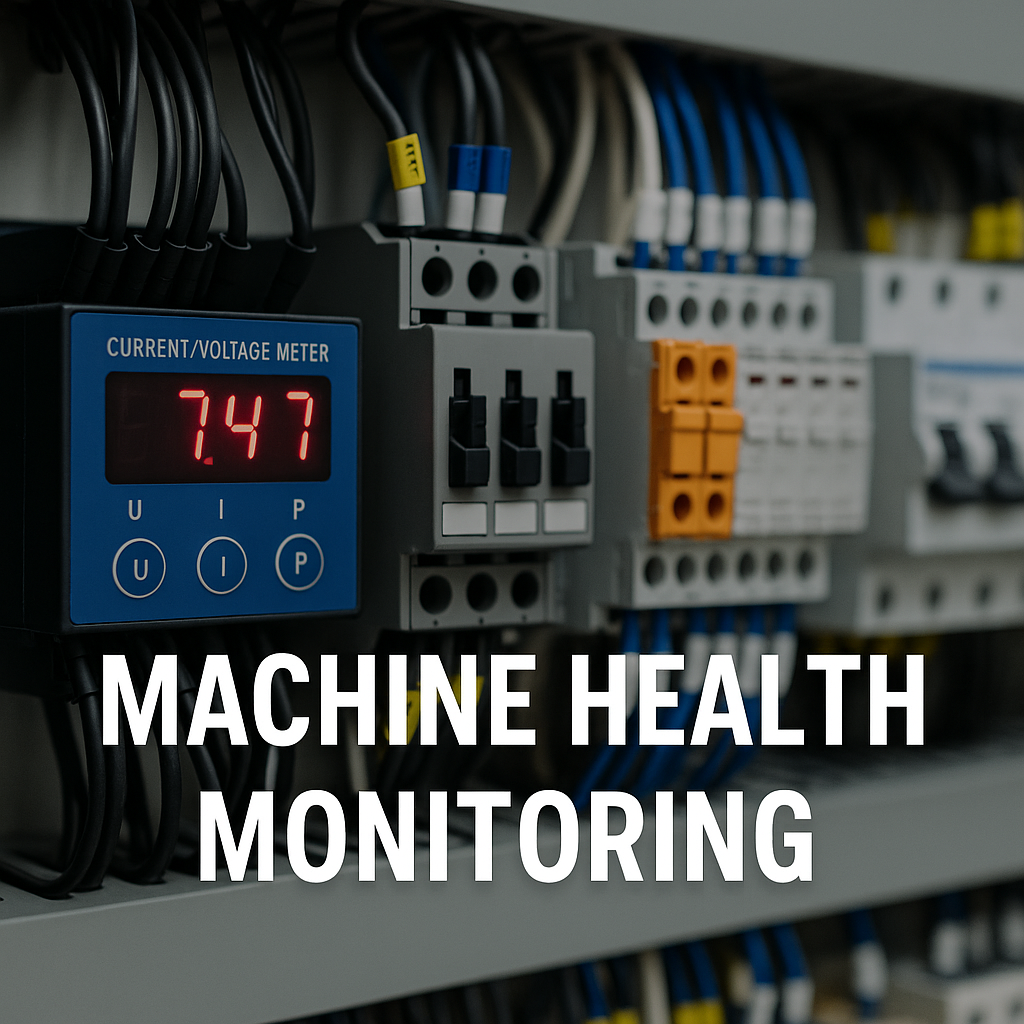Changing the bearings on a roll forming machine is an essential maintenance task to ensure optimal machine performance and longevity.
Tools and Materials Needed
- Bearing puller or extractor
- Wrenches and socket set
- Mallet or hammer
- Screwdrivers
- Torque wrench
- Replacement bearings
- Lubricant or grease
- Cleaning materials (cloth, solvent, etc.)
- Safety gear (gloves, safety glasses)
Step-by-Step Process
1. Preparation
- Turn Off and Lock Out Power: Ensure the machine is completely powered down and locked out to avoid accidental operation.
- Inspect the Bearings: Identify the bearings to be replaced and assess their condition.
- Gather Tools and Replacement Bearings: Ensure you have the correct type and size of replacement bearings.
2. Access the Bearings
- Disassemble Necessary Components: Remove the covers, guards, or any parts obstructing access to the bearings.
- Mark Component Placement: Use markers or labels to ensure you can reassemble the components correctly.
3. Remove the Bearings
- Loosen Bearing Housings: Detach any bolts or clamps securing the bearing.
- Use a Bearing Puller: Carefully use a puller to remove the bearing without damaging the shaft or surrounding components.
- Inspect the Shaft and Housing: Check for wear, corrosion, or damage that might affect the new bearing's performance.
4. Clean the Area
- Clean the Shaft and Housing: Use a clean cloth and solvent to remove debris, grease, or residue.
- Inspect the Area: Ensure the shaft is smooth and free from nicks or scratches.
5. Install the New Bearing
- Lubricate the Bearing: Apply a thin layer of grease to the bearing's inner surface.
- Position the Bearing: Align it with the shaft and gently slide it into place. Use a mallet if necessary, but avoid hitting the bearing directly.
- Secure the Bearing: Tighten any bolts, clamps, or housings to secure the bearing in place. Use a torque wrench if specified by the manufacturer.
6. Reassemble the Machine
- Reinstall Disassembled Components: Follow your markings or labels to reassemble parts in the correct order.
- Check for Alignment: Ensure all components are properly aligned.
7. Test the Machine
- Perform a Test Run: Slowly power up the machine and monitor its operation.
- Listen for Unusual Sounds: Ensure the bearings are functioning smoothly without excessive noise or vibration.
Tips for Success
- Use the Correct Bearings: Always use the manufacturer's recommended bearings for compatibility.
- Follow the Manual: Refer to the machine’s user manual for specific instructions or torque settings.
- Schedule Regular Maintenance: Regularly inspect and maintain bearings to avoid unexpected breakdowns.
- Store Bearings Properly: Keep replacement bearings in a clean, dry place to avoid contamination.
Safety Precautions
- Always use proper lifting techniques if removing heavy components.
- Wear appropriate PPE to protect against grease, debris, and sharp edges.
- Ensure tools are in good condition to avoid accidents.
By following this guide, you can efficiently change the bearings on your roll forming machine, ensuring continued reliable operation.




